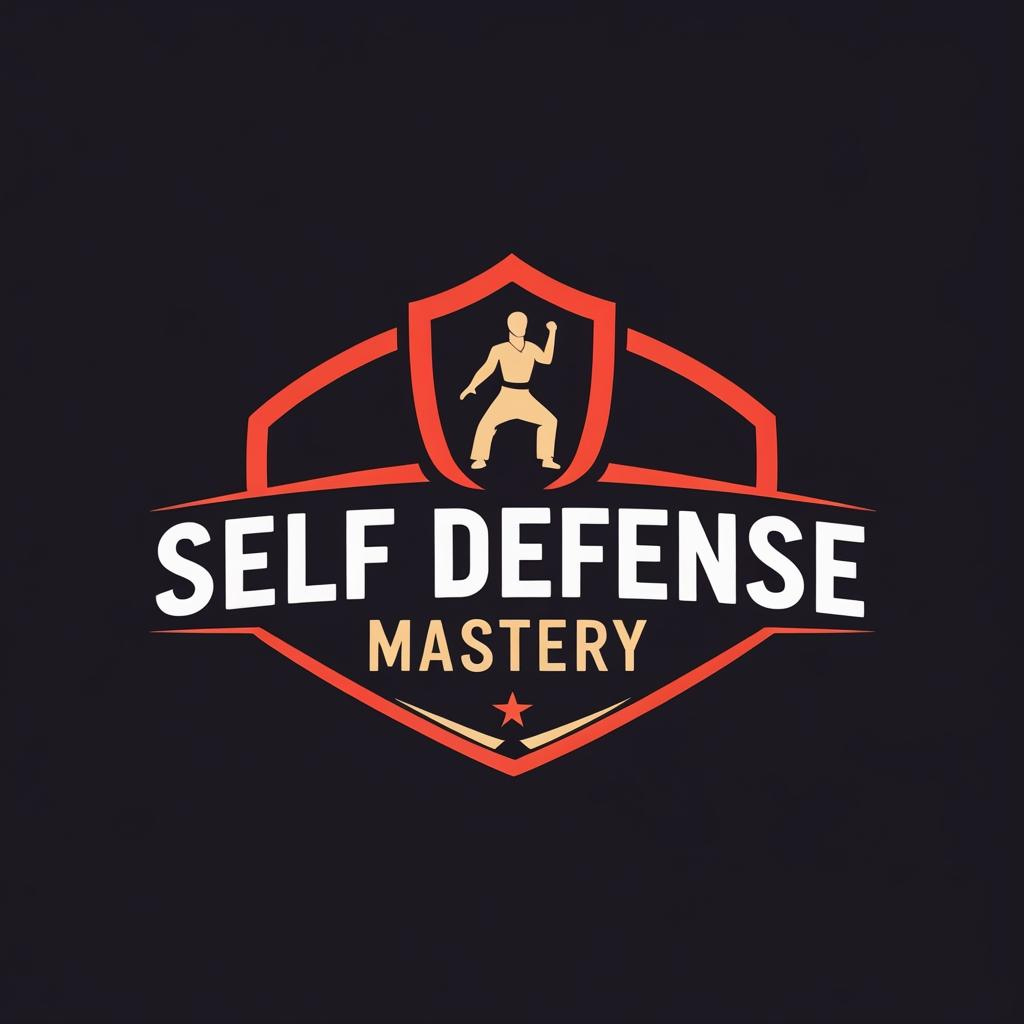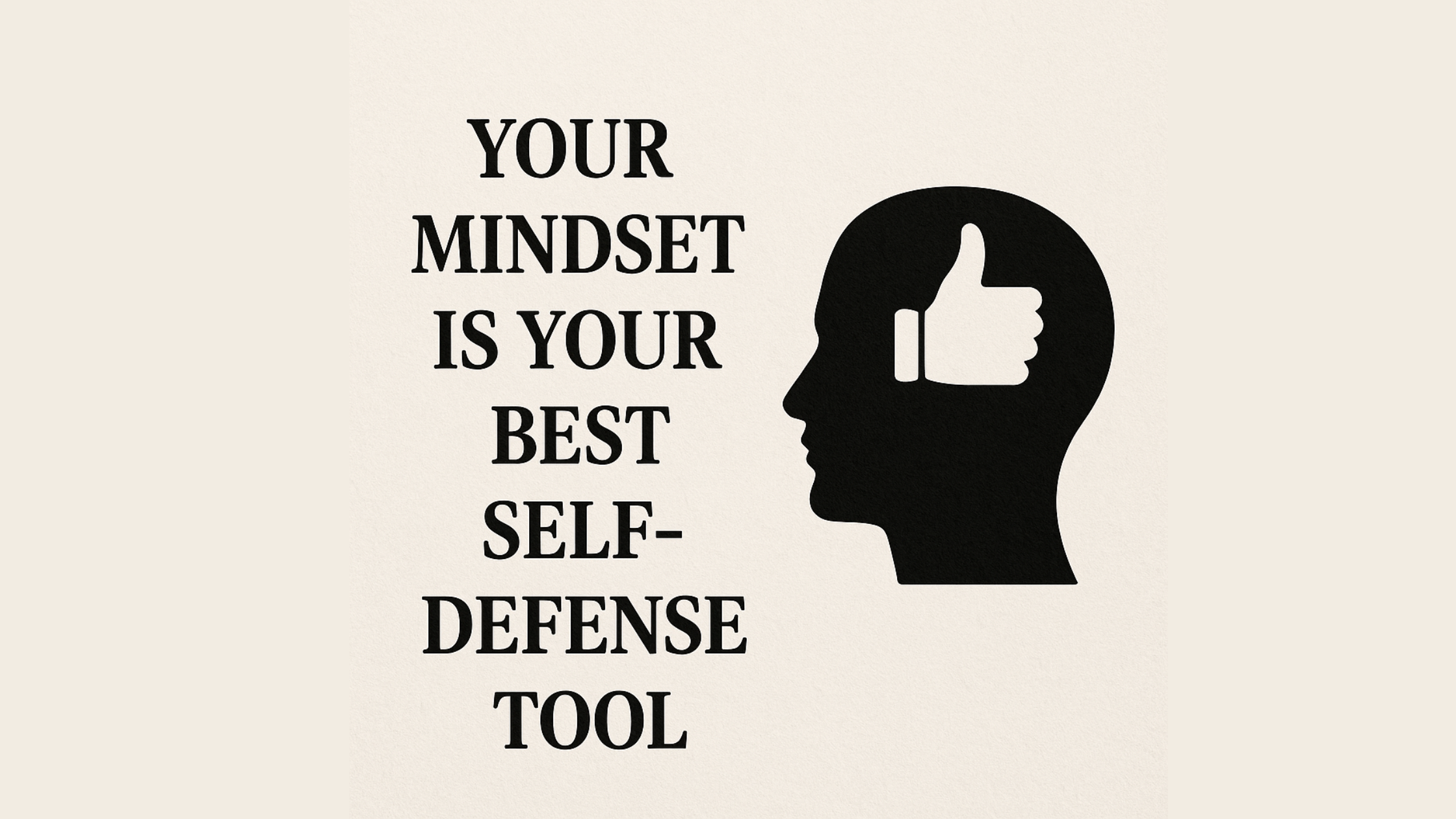How To Use Your Environment For Self-Protection
Your environment is your first line of defense. Every day, the places you visit- streets, offices, parks, or stores- shape your safety. Most people don’t realize that their surroundings hold tools and options for protection. By staying alert and thinking with purpose, anyone can use these settings to avoid harm or gain a crucial advantage.
Situational awareness is the heart of this skill. It’s more than watching your back; it’s about reading your environment and knowing what to do if things go wrong. Every day, self-protection starts with a sharp eye, steady nerves, and a little planning.
Understanding Environmental Self-Defense

Environmental self-defense is the smart use of your surroundings to stay safe. This means using walls, doorways, obstacles, and crowds to your advantage. It isn’t about fighting. It’s about thinking fast and acting smart.
The core principle is simple: let your setting help you. Whether you’re alone or with others, you can protect yourself by using nearby objects, exits, and barriers. This approach requires real situational awareness. You must notice details, understand their meaning, and act in time.
Want a deeper look at this skill? Read the Understanding Situational Awareness guide for step-by-step advice.
The Role of Situational Awareness
Awareness is the foundation of self-protection. It means knowing where you are, who is around, and what might happen next. When you’re truly aware, you see risks before they become problems.
Urban settings give many options, such as alleys, parked cars, benches, or doors. In wild areas, trees, rocks, and hills matter. You must spot these features fast and decide how they can help.
Key Principles of Using Your Environment
- Use Cover and Barriers: Hide behind sturdy objects. Cars, walls, fences, and solid tables can protect you from harm.
- Know Your Exits: Always know how to leave quickly, whether in a store, restaurant, or open field.
- Turn Objects Into Tools: Bags, chairs, or umbrellas can block attacks or distract threats.
- Adapt to the Setting: Urban tactics differ from those in nature. Both need a watchful mind and quick decisions.
Practical Strategies for Environment-Based Self-Protection
The best tactics are simple and fast. Your goal is to move to safety and avoid danger. Stress can cloud thinking, so practice keeping calm under pressure. For more on this, see tips on managing stress in high-risk situations.
Protecting Oneself Using the Surroundings in Urban Areas
Busy cities offer both risks and resources. Think about these points:
- Stay Close to Exits: Sit near doors or walkways in restaurants or public spaces.
- Blend with Crowds: If you feel watched, move through groups or busy areas to avoid drawing attention.
- Use Obstacles: Step behind benches, trash bins, or cars to put space between you and a threat.
- Avoid Traps: Avoid dead ends, narrow alleys, or poorly lit spots.
Self Protection Using Terrain in Natural Settings
Nature’s features can be friend or foe. In rural or outdoor settings:
- Find Higher Ground: Small hills or large rocks offer better views and a regrouping place.
- Use Trees and Bushes: Hide behind solid trees or dense shrubs to break sight lines.
- Be Water Wise: Streams and ponds can slow down a threat but may also block your escape, so plan your route.
- Read the Land: Notice trails, fallen logs, or boulders you can use for cover or quick movement.
Improvising with Everyday Objects
When things go wrong, almost anything nearby can help:
- Bags and Backpacks: Use them as a shield between you and an attacker.
- Chairs or Stools: Block strikes or create distance.
- Pens or Keys: Hold them to strike if you must, but only when escape isn’t an option.
- Phones: Use for distraction by tossing or showing you’re calling for help—never rely on calling alone.
Always use the minimal force needed to get away. The aim is to buy time and space, not to escalate.
Mindset and Family Considerations in Environmental Self-Defense
A strong self-defense mindset means staying calm, thinking fast, and acting purposefully. Families need extra planning, especially with children or seniors involved. For practical steps, visit the Protecting your family with self-defense guide.
Developing an Effective Self-Defense Mindset
- Stay Calm: Panic slows you down. Take a breath and focus on one choice at a time.
- Expect the Unexpected: Run through “what if” scenarios in your mind to train for surprises.
- Practice Awareness: Make checking exits and noticing people a habit, not a chore.
Environment-Based Strategies for Family Safety
- Teach Kids to Spot Exits: Play games in stores or parks where children point out exits or safe spots.
- Coordinate Responses: Agree on a simple plan, like meeting at a certain spot if separated.
- Stay Together: In busy areas, keep within arm’s reach and watch each other’s backs.
- Practice Drills: Run through basic plans at home or in public so reactions become quick and natural.
Conclusion
Your environment is more than a backdrop—it’s a tool for your safety. Observing your surroundings, thinking ahead, and making small habits part of your daily life raises your odds of staying safe. Start looking at your world with new eyes and encourage your family to do the same.
Ready to learn more? Explore our advice on family self-defense strategies or browse our situational awareness guides to deepen your skills.







